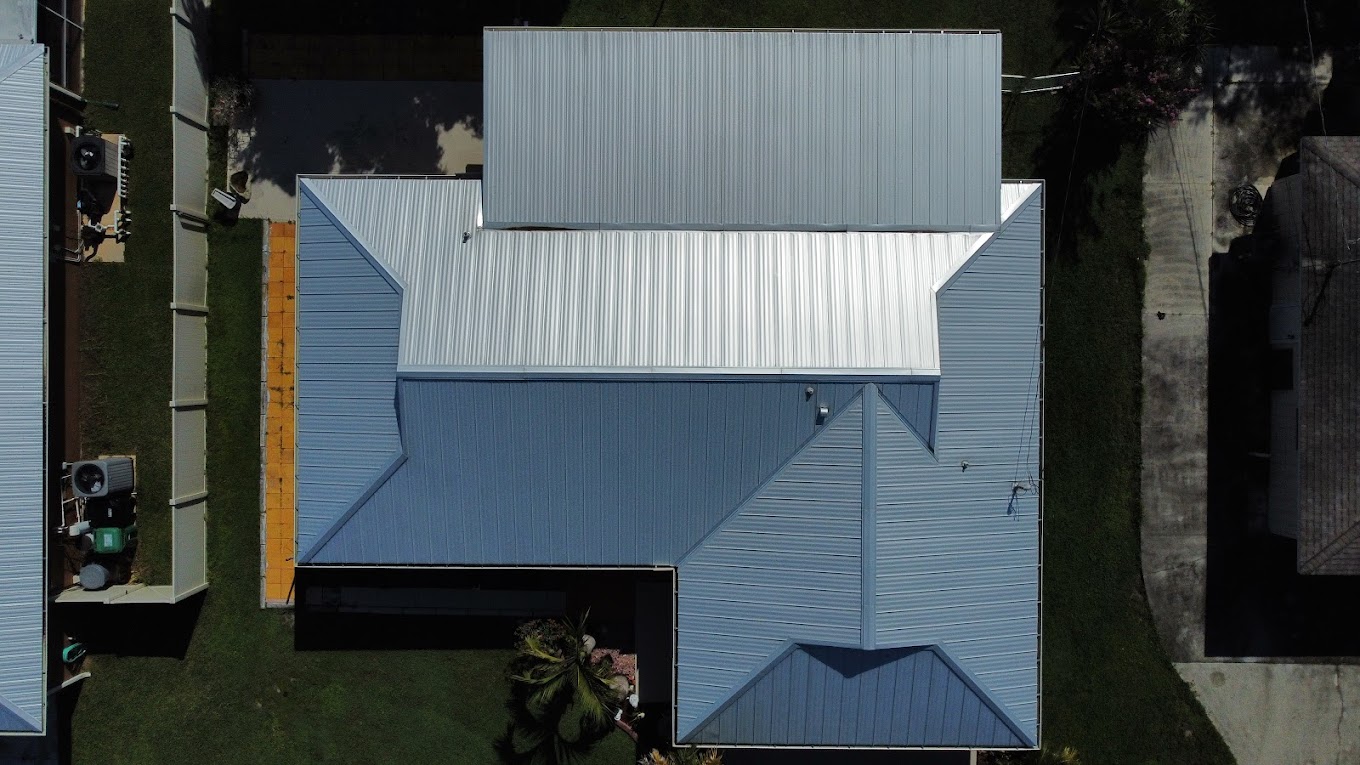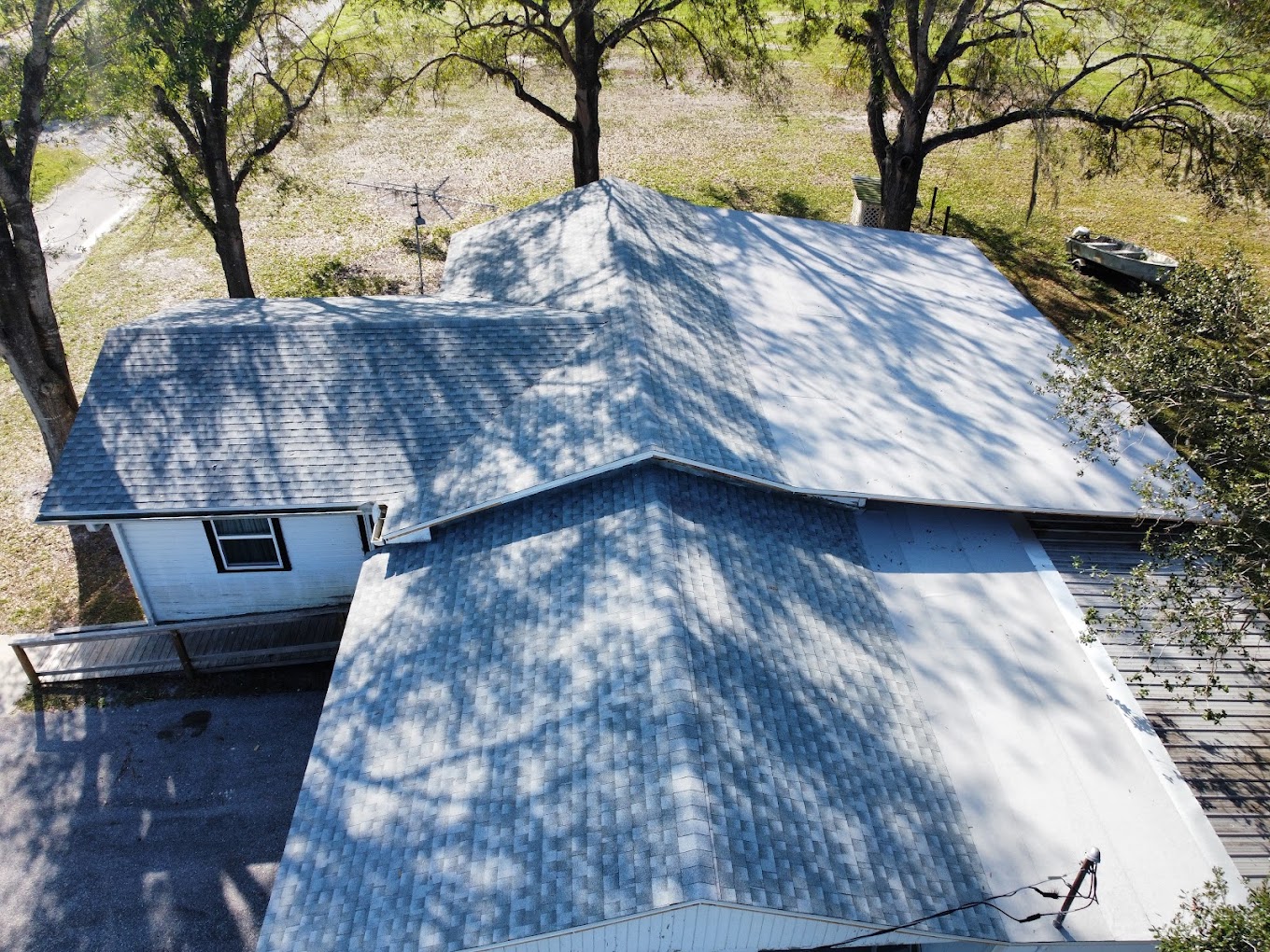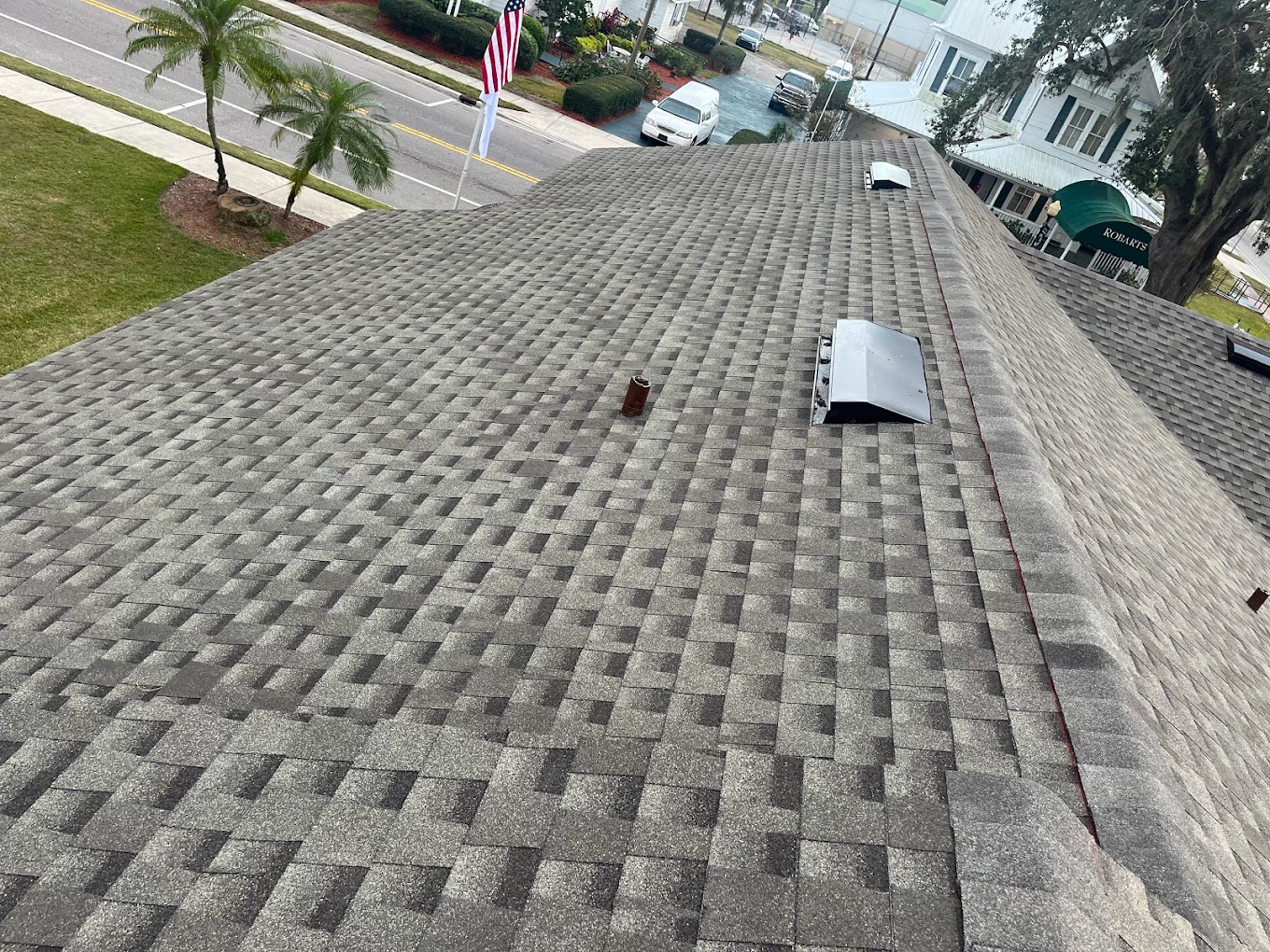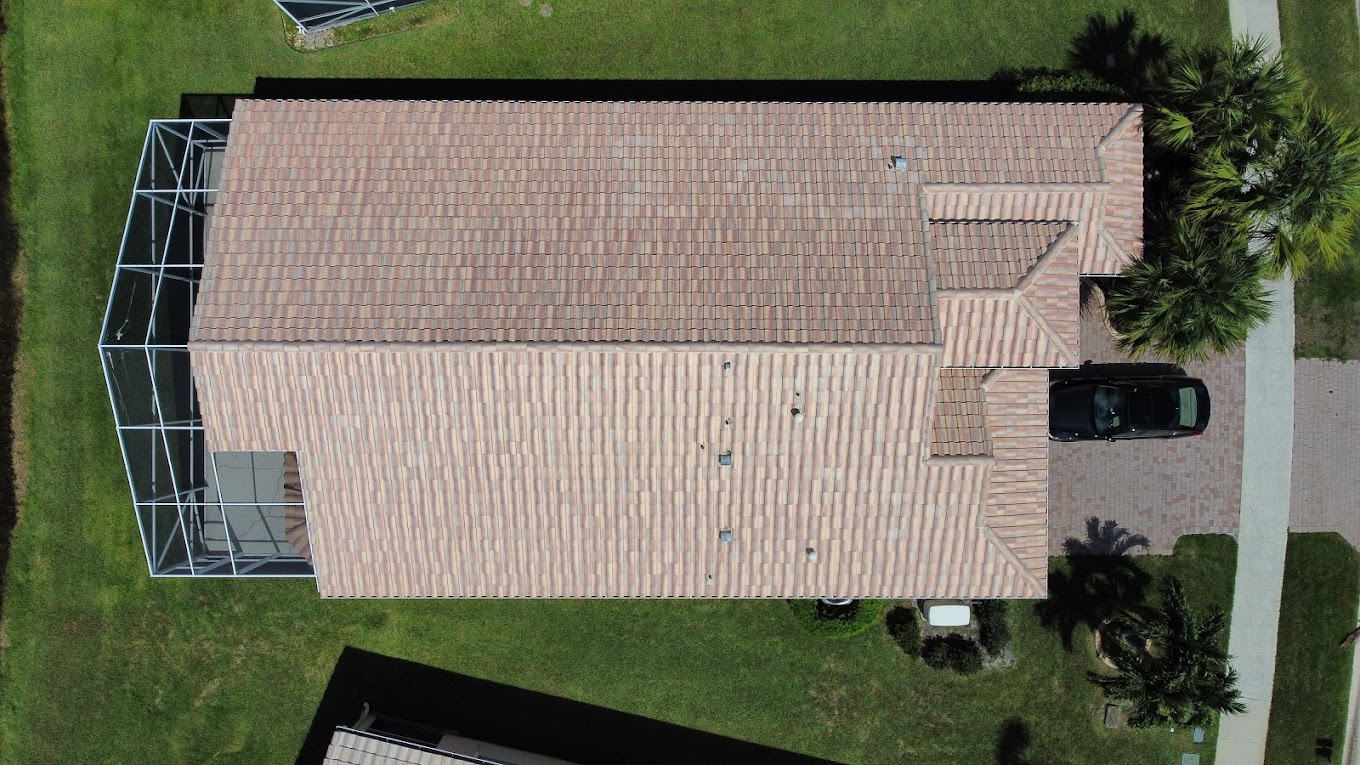
Different Types of Damage
Throughout the seasons, different weather can cycle through our area. There are times when that weather can even get dangerous. That brutal weather includes hard rain, high winds, and many times, it also includes hail damage. Roof repairs can be widespread across this area, and it is important to follow through with those repairs to keep further damage from happening.
What kind of damage do hailstorms cause to a roof?
Hail damage roof repair is often noticeable, like big dents and dings on the roof and surrounding property when the hail stones are larger than 1” in diameter. Other signs of hail damage include:
- Broken, cracked shingles
- Dented gutters and downspouts
- Cracked roof caps and vents
- Dented metal flashing
- Cracked skylights
- Chipped paint on fascia, house, and window trim
- Cracked windows
- Dented siding
But just because you don’t see these dents and dings, doesn’t mean you don’t need hail damage roof repairs. Hail damage can be found under the shingle. Hail stones coming down hard and at the right angle can break the seal on asphalt shingles. This leaves the roof susceptible to leaking as water can get under the shingles and penetrate the roof decking and into the attic.
This is why it is important to get a professional roofing contractor to inspect your home after any extended weather event. They have the experience and training on what to look for when checking for hail damage roof repairs needed.
How much damage does a roof need to be replaced?
Depending on where the hail damage is located will depend on what your insurance company declares the need for hail damage roof repair or replacement. In general, they require that a minimum of 25% of the roof surface be damaged before they grant full roof replacement.
It is important to use the funding received from the insurance for the purpose intended. By using the money for other purposes and ignoring the hail damage roof repair, you’re compromising your relationship with your insurance company. They will most likely deny any future claims due to homeowner neglect. In some cases, it can be grounds for your policy to be canceled.
What size of hailstone causes hail damage roof repairs?
The level of hail damage roof repairs needed after a weather event can depend on several factors. One being the size of the hailstone, the angle and velocity the hailstones come down, and the condition of the roof. And of course, the size of the hailstones is a factor too, such as:
- Pea-sized hailstone: A small hail may not directly cause damage unless it is accompanied by strong winds in abundance. However, after several hailstorms of pea-sized hail, the damage can add up over time and be unnoticed unless you have a professional roof inspection.
- Golf ball hailstone: Golf ball-sized hailstones will damage the flashing, shingles, and other components of the roof that may not be visible to the naked eye. Again, this is why a professional roof inspection is recommended.
- Larger hailstones: When hailstones are larger than a golf ball, there will be significant hail damage roof repairs needed. Because they are larger, they come down faster and hit harder.
What should you do when you suspect hail damage?
Roof repairs are important and should be done immediately. Your first call should be to 2 or 3 roofing contractors. Most will offer a free roof inspection, those that charge will deduct that amount from the job if you choose them. Get a written estimate that states all the materials that will be required as well as their guarantee and material warranty.
Next, call your insurance company and file a claim for hail damage roof repair or replacement. They will assign a company insurance adjuster who will contact you to schedule an appointment. If possible, have the roofing contractor you plan to use there at that time too.
It is recommended to review your homeowner’s insurance policy once a year. Review the deductible and what method of insurance coverage you have. There are two options for coverage:
- Actual Cash Value: Pays the cost to replace the roof less the depreciation of the roof.
- Replacement Value: Pays whatever amount it takes to replace it in a just-like material.
With an ACV policy, the monthly premiums are lower but the deductible is higher. This means paying more money out of pocket at the time of hail damage roof repairs. With an RCV policy, the monthly premiums are a little higher, but the out-of-pocket expense for the deductible is less at the time of hail damage roof repairs.
In Conclusion
No matter how slight you think the hail damage roof repairs are, they should be inspected by a professional roofing contractor. If they deem the damage is minimal, and the out-of-pocket cost is less than your deductible, you’ll be better off not filing a hail damage roof claim. If you need hail damage repair, call our team today at (863) 445-5155.





